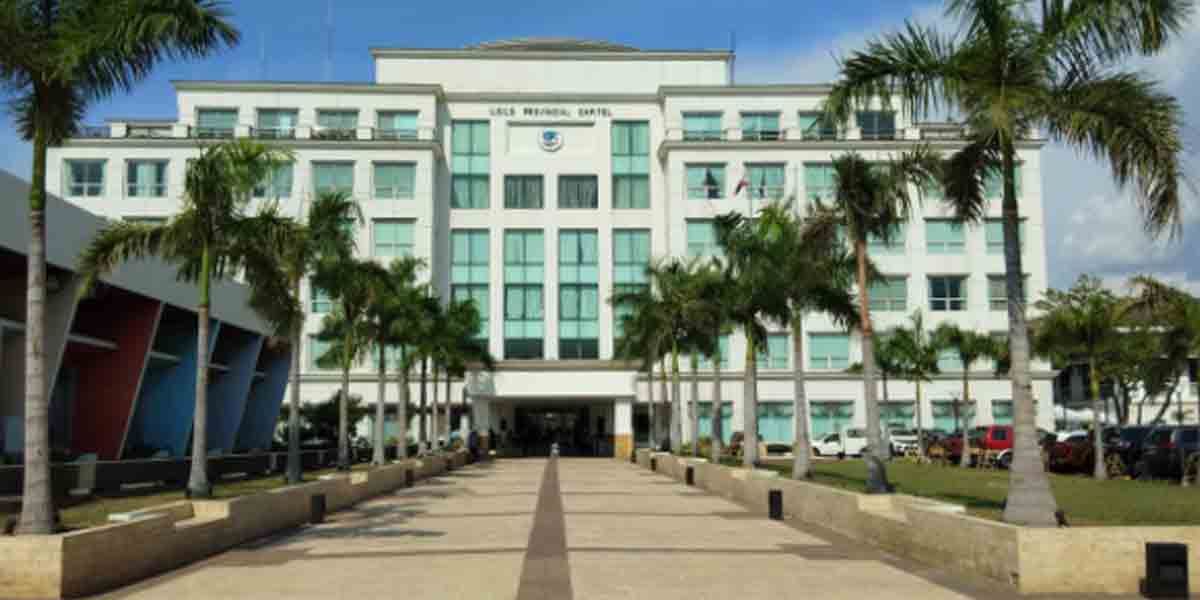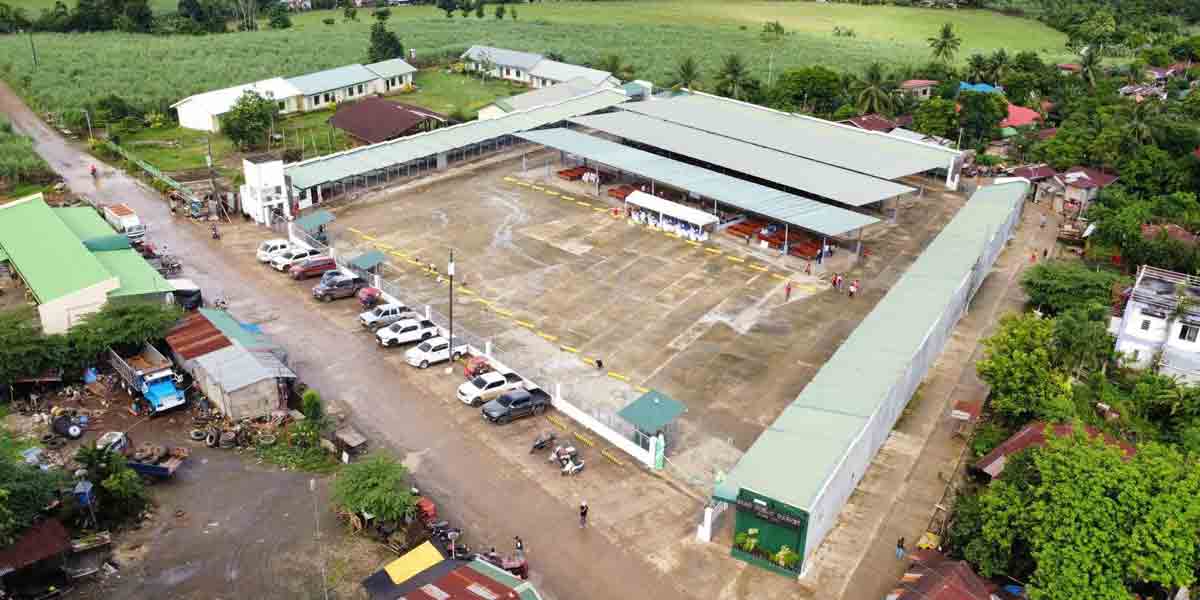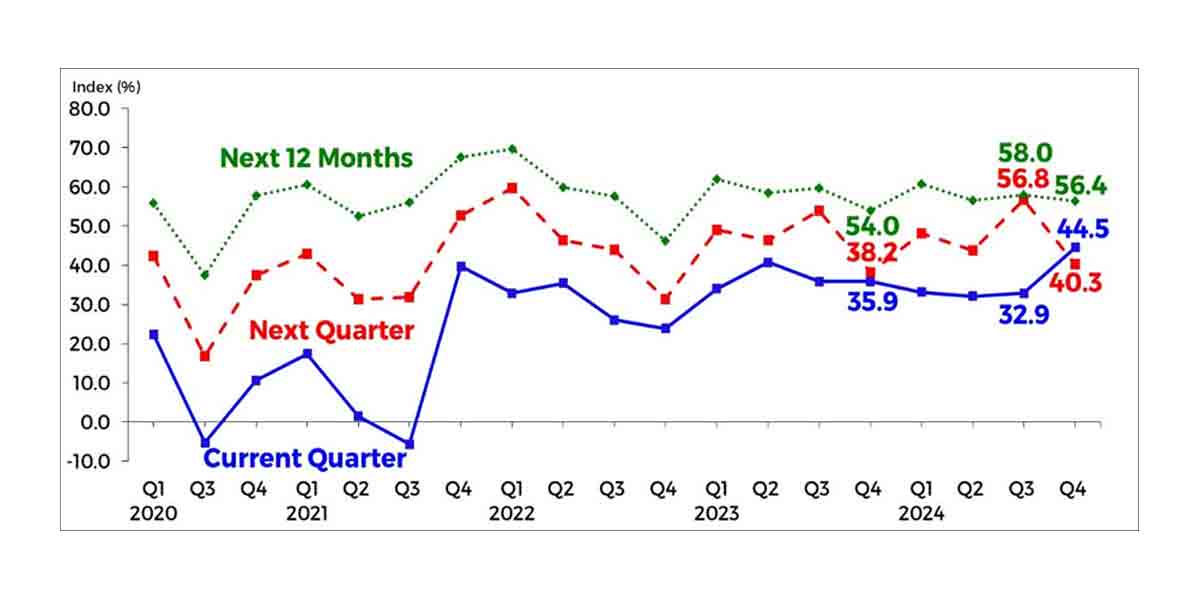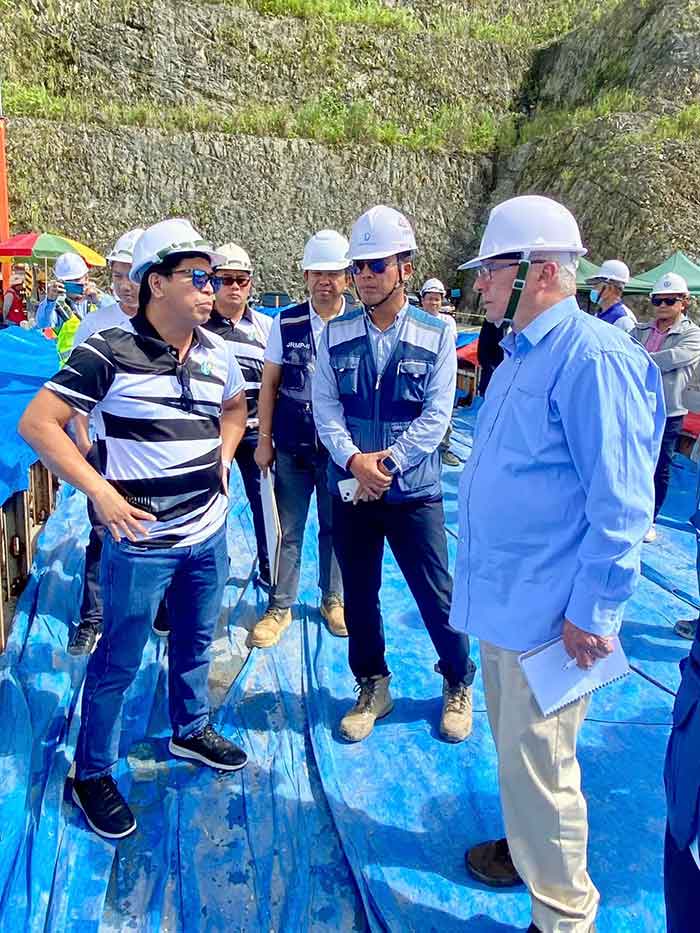
By Rjay Zuriaga Castor
There was no discussion of the issues and concerns of the Indigenous People (IP) after United Nations Climate Change and Human Rights Special Rapporteur Ian Fry visited Jalaur River Multi-Purpose Project Stage II (JRMP II), the project spokesperson said on Friday.
“We didn’t have any interaction where concerns or issues were raised about our IPs, but he just asked what the project was all about. It was very basic because we were only given 15 minutes to present, and the rest of the time was spent visiting the actual structure,” JRMP-II spokesperson Steve Cordero told Daily Guardian.
This statement comes after Daily Guardian published a report on Thursday, where Fry has called on the government to promote and protect the human rights of the IPs amid the ongoing construction of Jalaur Dam.
It can be noted that the UN Special Rapporteur, in an interim report shared during a press conference on November 15 at the UN House in Mandaluyong City, emphasized the need for an independent body to investigate the killing of Tumandok tribe leaders.
“Their only crime was that they had protested against the construction of the Jalaur Mega Dam Project. These people are stewards of their ancestral lands and the primary custodians of the environment,” said Fry.
The UN Special Rapporteur visited the country from November 6 to 15 to assess the loss and damage and the impacts of climate change on human rights; climate change legislation, litigation and intergenerational justice; protection of environmental human rights defenders and gender responses to climate change.
“We were not given the chance to explain to him about the issues because it was not raised to us during his visit,” Cordero added.
The JRMP-II spokesperson pointed out that some groups “are trying to link the killings and the arrest in police operations on December 30, 2020, in Tapaz, Capiz and Calinog to the Jalaur Dam.”
What happened on December 30?
Police authorities served 28 search warrants in the villages of Tapaz, Capiz province, and Calinog, Iloilo province. The operation was based on information from civilians in the area regarding the presence of individuals with high-powered firearms.
The Police Regional Office 6 reported that in the simultaneous raid, 9 died and 10 were arrested at Tapaz while 7 suspects were nabbed in Calinog.
Police authorities claimed that the slain indigenous peoples were members of the Communist Party of the Philippines-New People’s Army (CPP-NPA) and had fought back when the officers served search warrants and found firearms, ammunition, and explosives in their houses.
Meanwhile, human rights defenders in Panay claimed that the 9 fatalities were IPs belonging to the Panay Tumandok community, emphasizing that the killing and arrest were linked to their opposition to the dam project.
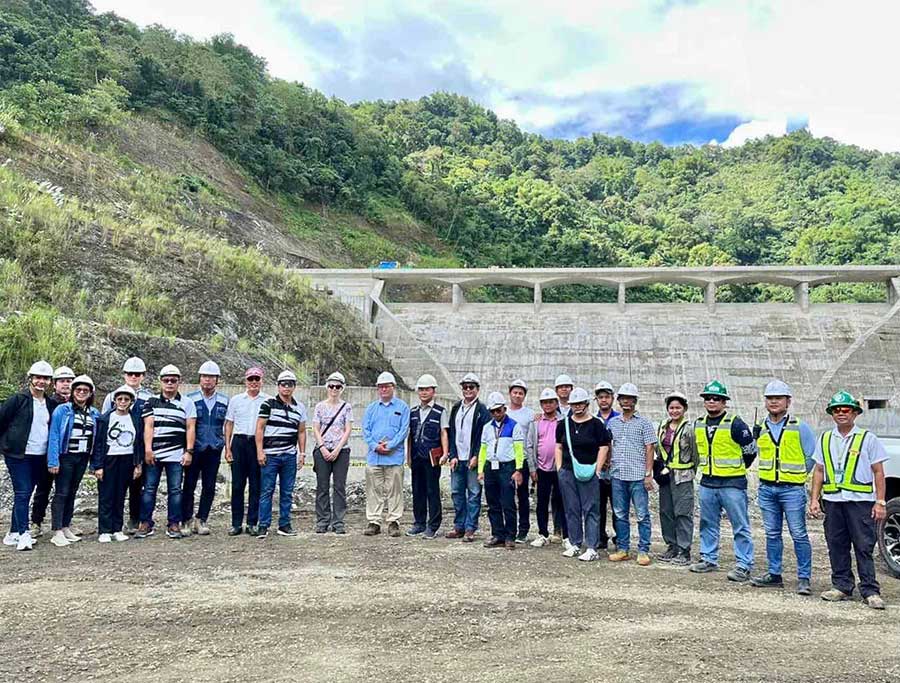
NO HANDS IN KILLINGS, ARREST
Cordero clarified that the National Irrigation Administration and the ongoing construction of the megadam have no connection to the killing and the arrest of the IPs in the simultaneous raids by the police.
“As much as we know, there is a search warrant and a warrant of arrest for these people which emulate a case that could have been filed in any court. But in our case, we have not accused anyone that would lead to a search warrant and warrant of arrest, especially to these stakeholders,” he explained.
Cordero noted that IPs killed and arrested “are not direct stakeholders to begin with.”
“We have no consent to ask from them or to coerce or even intimidate, arrest, and kill them because they are not direct stakeholders of our project,” he added.
The JRMP-II covers the construction of three dams, all in Calinog, and a high line canal that will traverse nine towns of the province of Iloilo, from Calinog to Oton town.
Cordero mentioned that there were two who were arrested in Barangay Garangan, Calinog during the raid but they were supportive of the construction of the project.
“In our meeting, they participate. It came to us as a surprise as well. That is why we do not see any link on what happened to the killings and arrest on the construction of the project,” he said.
According to reports, a certain Marilyn Chiva and Luisito Bautista Sr. of Barangay Garangan were among the IPs arrested on December 30.
IP RIGHTS ARE PROTECTED
Before the construction of the megadam in 2019, Cordero noted that they “do not have a major problem” with the direct IP stakeholders in the 16 barangays affected since they were granted a Free, Prior, and Informed Consent (FPIC), which was facilitated by the National Commission on Indigenous Peoples.
The Indigenous Peoples Rights Act of 1997 mandates the conduct of FPIC for projects inside IPs ancestral domains.
An FPIC is a specific right granted to IPs as recognized in the UN Declaration on the Rights of Indigenous Peoples. It allows IPs to approve or decline consent for projects that affect their lands and allows them to engage in negotiations to shape the design, implementation, monitoring, and evaluation of projects.
In a 2014 report, a council of elders consisting of 40 members of Panay-Bukidnons in Calinog, has supported the Korean-funded project.
“We are declaring tribal and community support for the start of the second feasibility study for the actual construction and implementation of the megadam,” said Leopoldo Caballero, head of the council of elders.
The JRMP-II spokesperson emphasized that they do not have any major problem with the implementation in terms of consent and support of the IP stakeholders.
“We consulted them and we involved them in the process,” Cordero said.
In what he cited as a “misinformation”, the spokesperson said they will communicate with the Commission on Human Rights and appeal to the UN Special Rapporteur to clarify that the Tumandok tribe the latter had a dialogue with “is not representative of the IP communities covered by the project.”
“Tumandok IP group is not equivalent to the Panay-Bukidnon indigenous community, which is our IP stakeholders. They are not called Tumandok, but they are called Panay-Bukidnon,” he explained.
Affected families of the ongoing construction of the JRMP-II have two options: a cash compensation and a house-to-house compensation.
“Out of the 47 families within the 8 directly affected IP barangays, we have 45 families where their residential structures will be affected by the construction. We let them choose and 32 families opted for group relocation or house-to-house compensation,” Cordero said.
The resettlement project for the 32 IP families is now 95 percent complete. They are set to receive a resettlement house with a 35-square-meter floor area on a 150-square-meter lot in Sitio Agburi, Barangay Cahigon, Calinog.
The housing project is co-funded by the National Housing Authority and the National Irrigation Administration.
“We will also provide communal livelihood area and other community amenities, including places for worship and cultural activities,”
Meanwhile, the remaining 15 families opted for a cash compensation, where their current houses will be valued based on the current cost of materials in the market, along with a 40 percent compensation for labor.



